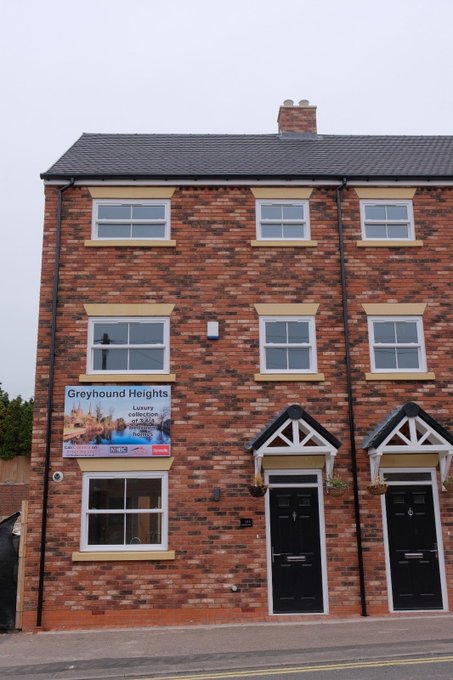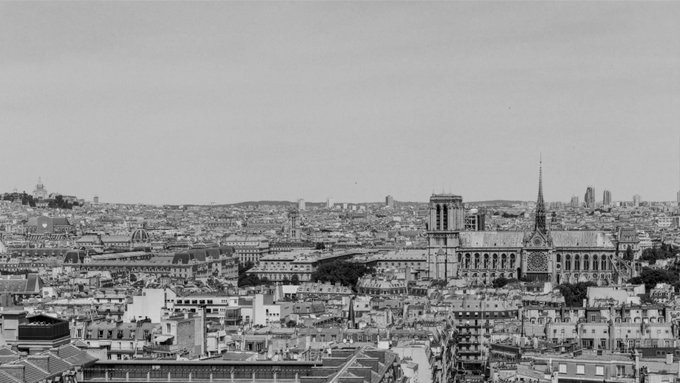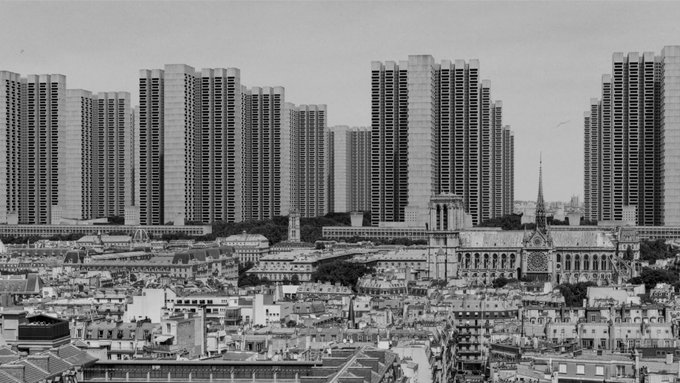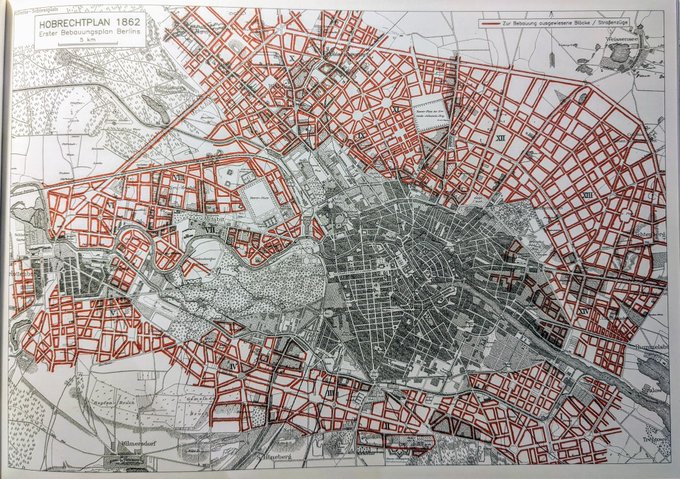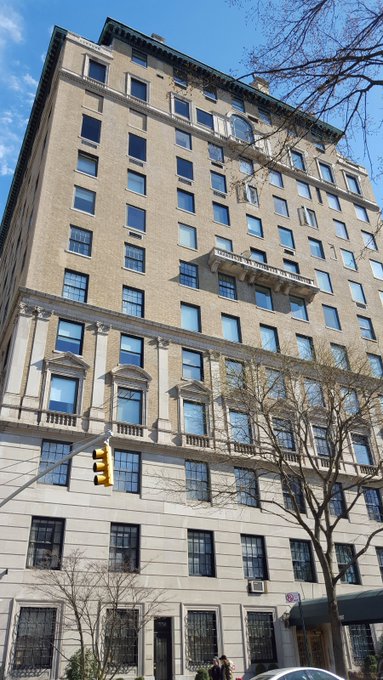
Samuel Hughes
@SCP_Hughes
Followers
30,340
Following
211
Media
2,330
Statuses
6,624
Research Fellow, @UniofOxford | Head of Housing, @CPSThinkTank | Fellow, @createstreets | Interested in architecture & urbanism | Views my own
London and Oxford
Joined August 2020
Don't wanna be here?
Send us removal request.
Explore trending content on Musk Viewer
Walz
• 3053014 Tweets
Minnesota
• 989068 Tweets
Musk
• 539226 Tweets
Minneapolis
• 359353 Tweets
Shapiro
• 348751 Tweets
National Guard
• 259178 Tweets
Adrián Marcelo
• 246562 Tweets
#VineshPhogat
• 163169 Tweets
#TamponTim
• 122949 Tweets
Alberto
• 106862 Tweets
Mijaín López
• 63198 Tweets
Fabiola
• 53472 Tweets
Lille - Fenerbahçe
• 48157 Tweets
Gabby Thomas
• 37197 Tweets
Espanha
• 34629 Tweets
#يحيي_السنوار
• 31848 Tweets
Krunic
• 28866 Tweets
Yahya Sinwar
• 28643 Tweets
Cole Hocker
• 27664 Tweets
Marco Verde
• 27253 Tweets
Brasil x EUA
• 20679 Tweets
Mourinho
• 18173 Tweets
LeBron James
• 15385 Tweets
Dzeko
• 13696 Tweets
Kerr
• 12835 Tweets
Jamal Murray
• 12250 Tweets
Angelina
• 11911 Tweets
#Τεντογλου
• 11672 Tweets
Salma
• 11649 Tweets
Evan Fournier
• 10390 Tweets
Gabi Portilho
• 10291 Tweets
Alexia
• 10287 Tweets
Last Seen Profiles
Regulations were recently introduced requiring a minimum window sill or guard height of 1.1 metres. My colleague
@RobertKwolek
at
@createstreets
just spotted this new build, apparently an early example of the small squat windows this will generate. Behold the norm of the future.
272
312
2K
The Government wants to build new towns. In a paper for
@UKDayOne
,
@KaneEmerson
and I propose a huge new town at the intersection of the East Coast Main Line and the planned East-West Rail. We believe this may be the best greenfield site in England. Here is why.
74
239
1K
Britain has many thousands of disused parking alleys, a paradigm example of inefficient land use. In our new paper with
@createstreets
,
@bswud
and I argue for letting local communities convert these into inhabited mews through a version of street votes.
51
183
1K
For decades, cities have *required* that much of their surface area be used only for parking cars. This is incredibly wasteful. Paris and New York have begun to let people use public space more sensibly. I argue in
@BDonline
that we should follow suit.
15
171
1K
@RobertKwolek
@createstreets
@boys_nicholas
@ConHome
The reasoning apparently is that windows will be opened more often as the climate warms, leading to an increased risk of people falling out of them. One wonders how the French have survived all these centuries with their warmer climate and famously low sills!
45
70
824
New builds by
@BenPentreath
in Chichester. Note how the windows are set back from the wall plane, creating a sense of depth and solidity. Knapped flint with brick 'dressings'; sound proportions; careful detailing on the arches, railings and doors. Simple but very pleasing.
38
63
779



























































